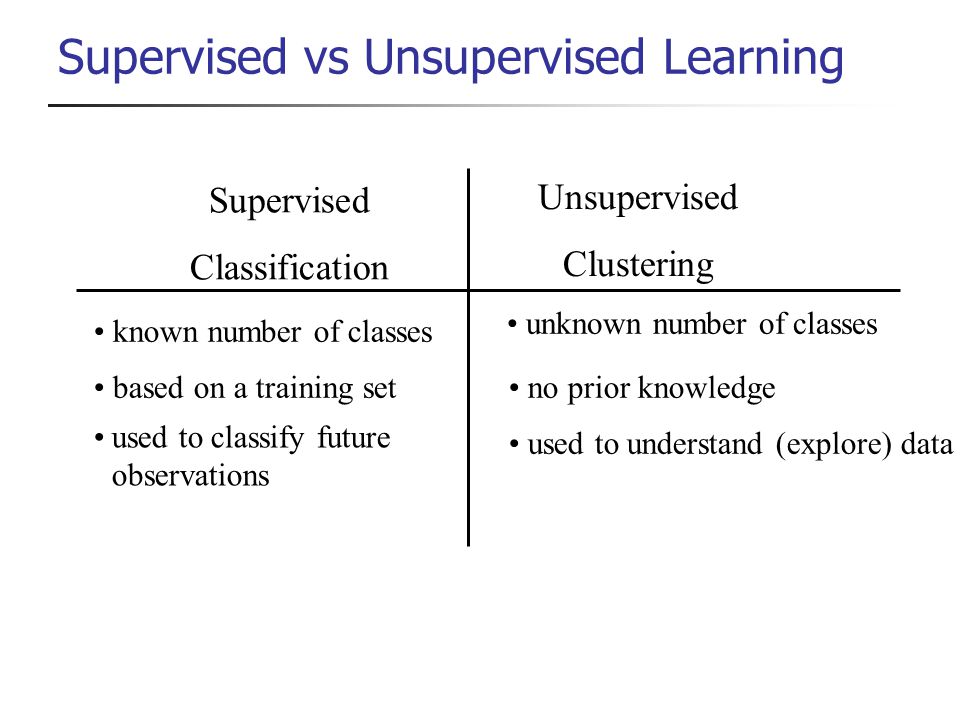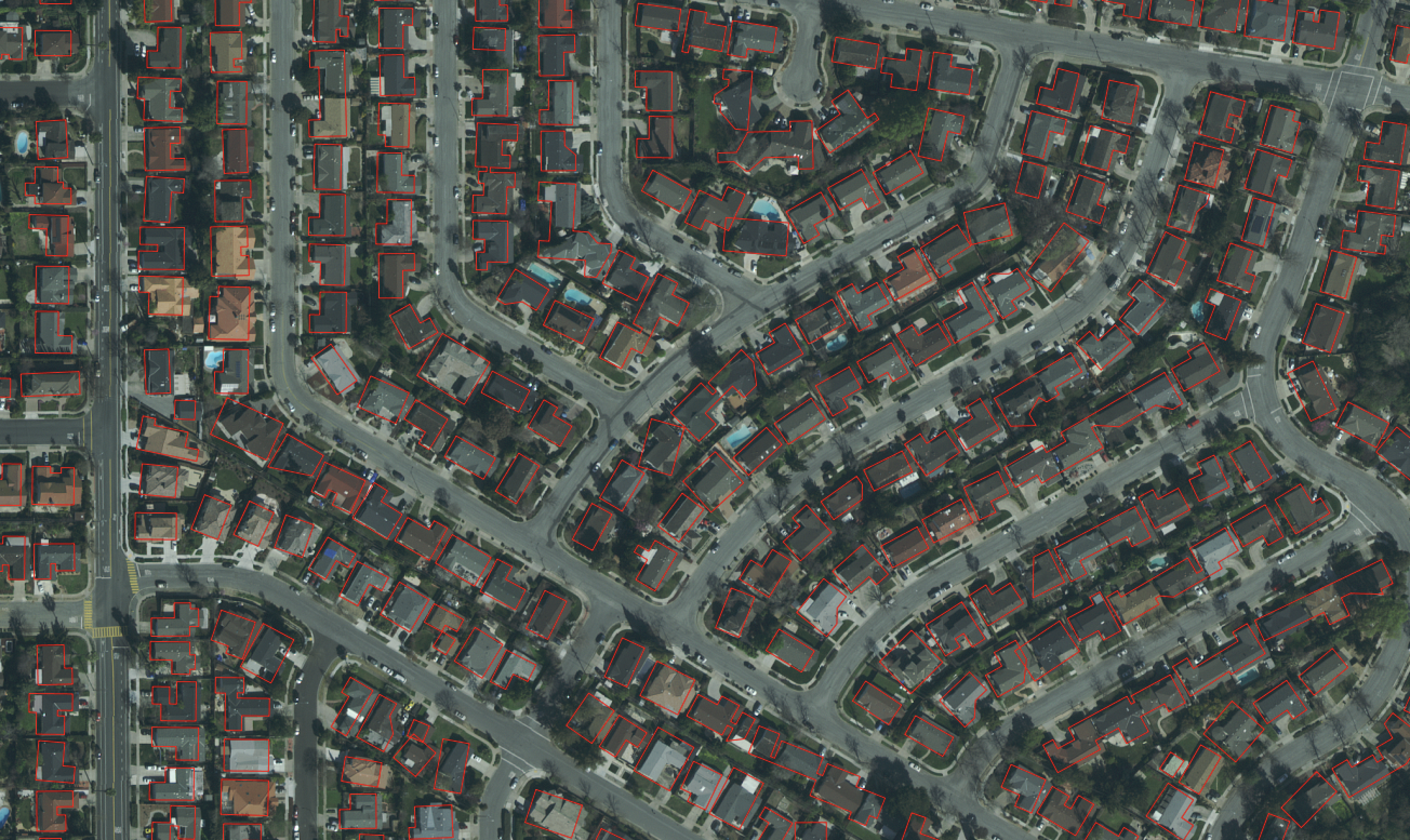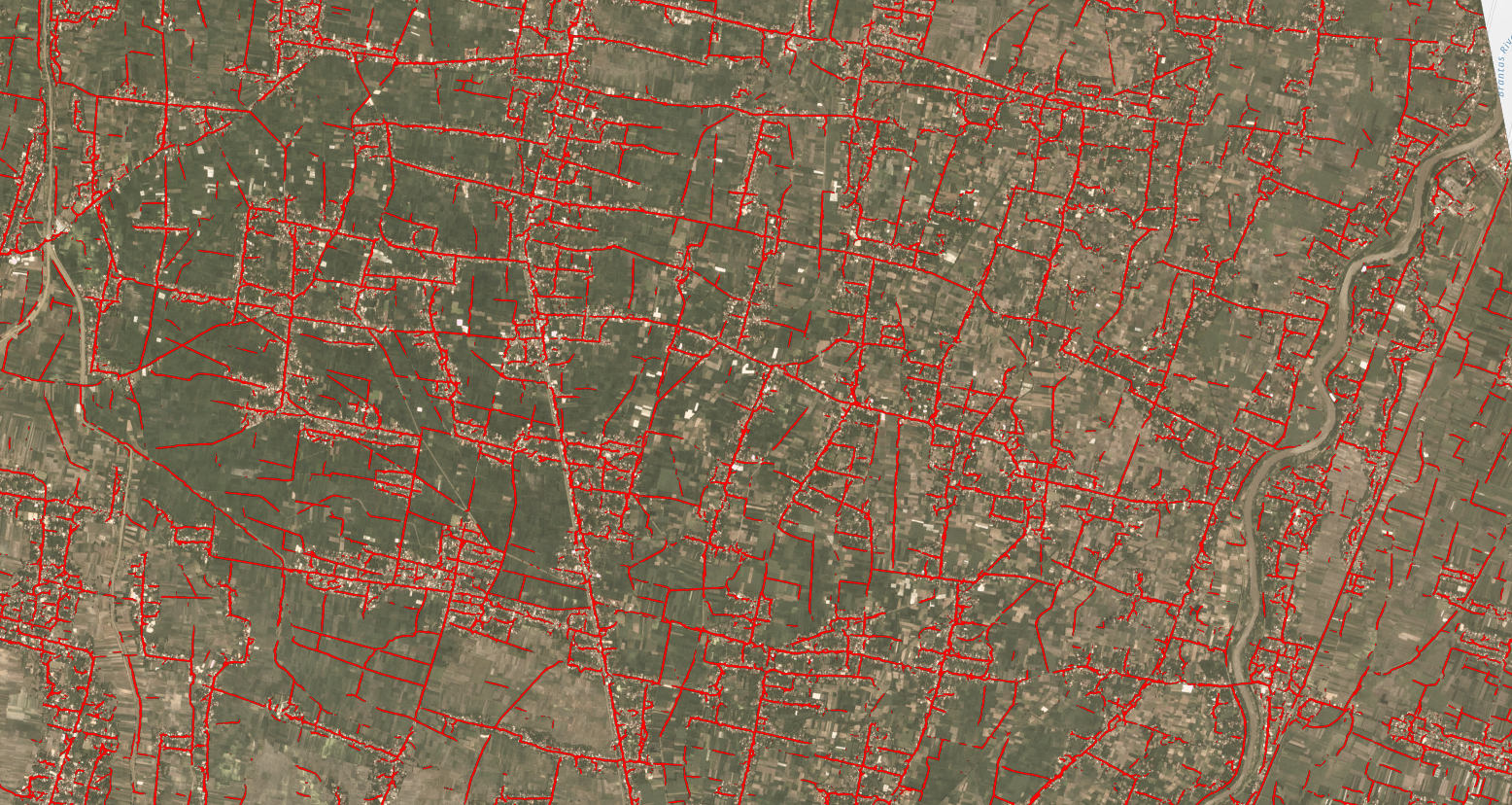So, What is Machine Learning?
As you go through the web, you are bound to have come across the term machine-learning. Today’s news is, in fact, bombarded with new studies and discoveries of applications revolving around this ‘overused’ term. So what exactly is it?
In its essence, Machine Learning is the unique science of getting computers to act without being explicitly programmed – algorithms that parse data, learn from that data, and then apply that learnt data to make informed decisions.
At the very heart of this paradigm shift toward data-intensive science, machine learning techniques are becoming extremely important. It’s so ubiquitous that you probably use it dozens of times a day without actually knowing it.
In today’s world, machine learning is being used to solve almost all sorts of problems ranging from fraud detection to smart cars!
Different types of machine learning algorithms

Essentially, there are 3 broad classes of machine learning algorithms. Supervised, unsupervised, and reinforced machine learning. These have their own unique algorithms and are used for different purposes.
Supervised Machine Learning
The majority of practical machine learning uses supervised machine learning. It includes algorithms such as linear and logistic regression, multi-class classification, etc. It is a type of system in which both input and output are provided. An algorithm is then used to learn the mapping function from input to output.
Y = f(X)
Because you provide the machine learning algorithm with the correct answers for a problem during training, it is able to efficiently ‘learn’ how the rest of the features relate to the target. This can then help you uncover deep insights and make accurate future-based predictions based on historical data.
Business across industries tend to use this form of machine learning to solve problems such as –
1. Forecasting Sales
2. Personalized product recommendations
3. Predicting Equipment Maintenance
4. Detecting Fraud
However, in order to build and deploy accurate supervised machine learning models, extensive time and technical expertise is generally required.

Unsupervised Machine Learning
On the other hand, unsupervised machine learning is what some call ‘true artificial intelligence’. This class of machine learning involves a huge dataset and it is the duty of the algorithm to cluster that dataset into various different classes. It involves the idea that a computer can learn to identify complex processes and patterns without a human to provide guidance along the way. There is no target or outcome variable to predict/estimate in this algorithm.
The most common method of unsupervised machine learning is cluster analysis, which is used for exploratory data analysis to accurately find hidden patterns or groupings in data.
It includes A Piori algorithm, k-means clustering, etc.
Unsupervised Machine Learning, however, does come with its set of challenges too. As that would require a more in-depth explanation, I recommend you visit this page and do some self-learning!
Reinforced Learning
This class of machine learning is very powerful and more complex than the other two.
Reinforced learning is learning what to do, given a situation and a set of possible actions. The computer has to choose from these set of actions in order to maximize the reward at the end of the action. The learner is not told what to do, he must adapt and understand what to do by interacting with the environment. The goal is to choose its actions in such a way that the end cumulative reward is maximized. Because of this, choosing the best reward now may not ultimately be the best decision in the long run.
Basically, reinforced learning refers to goal-oriented algorithms. Google DeepMind created an artificial intelligence program using deep reinforcement learning that plays Atari and, within a few hours, improves itself to a superhuman level! Click here to watch the video.
It is all about balance! A well-rounded data science program will use both Supervised and Unsupervised machine learning codependently to build predictive data models to help its stakeholders make more informed and smarter decisions across a variety of business challenges.
Machine learning in Remote Sensing
In the past few years, space agencies have deployed a large number of satellites. Just last year the Indian Space Research Organization (ISRO) successfully launched 104 satellites on a single rocket! Due to a large amount of information, end-users have been flooded with large amounts of images with different natures (Optical vs. SAR, Mono vs. Multi-Spectral, etc.). If you’re interested in learning more about remote sensing, please click here.
In order to make the image processing more efficient, fully automated analysis methods are crucial. Many times, when one records data in the remote sensing field, he/she is actually recording multispectral or hyperspectral data. Each of the records would have many variables. In order to interpret the data more meaningfully, we have to reduce the number of variables. Principal Component Analysis (PCA) is a statistical procedure for feature extraction. There are numerous tools to help you with PCA! Here’s one for you if you’re interested to learn.
Machine learning offers the potential for effective and efficient classification of spatial imagery. ML includes a variety of algorithms such as ANN, SVM, SOM, and DT. (Don’t worry I’m not going to get into the nitty-gritty details) These algorithms have the capacity to handle data of high dimensionality and to map classes with complex characteristics. Over the past few years, machine learning has become a major focus of the remote-sensing literature.
Here are some examples of our AI-ML based solutions that we have successfully developed for the remote sensing industry. ML focuses on the automatic extraction of information from data by computational and statistical methods.
Automatic Building Footprint Detection

Automatic Road Detection

There has also been considerable progress in developing ML-based methodologies for many of Earth Science applications. A major challenge for those looking to apply Machine Learning methods is data collection. The beauty of applying machine learning in the remote sensing field, however, is that data is abundant.
SkyMap Global uses proprietary AI & ML-based algorithms to automate the process of extracting information from spatial imagery. If you are interested in learning more about what SkyMap Global has to offer or want a better understanding of how our applications can be of use to you in your specific industry, please contact us here.


Very well written. The article gives a clear and concise introduction to Machine Learning and its applications in spatial imagery industry, hinting at its growing significance in making processes more efficient in any industry.